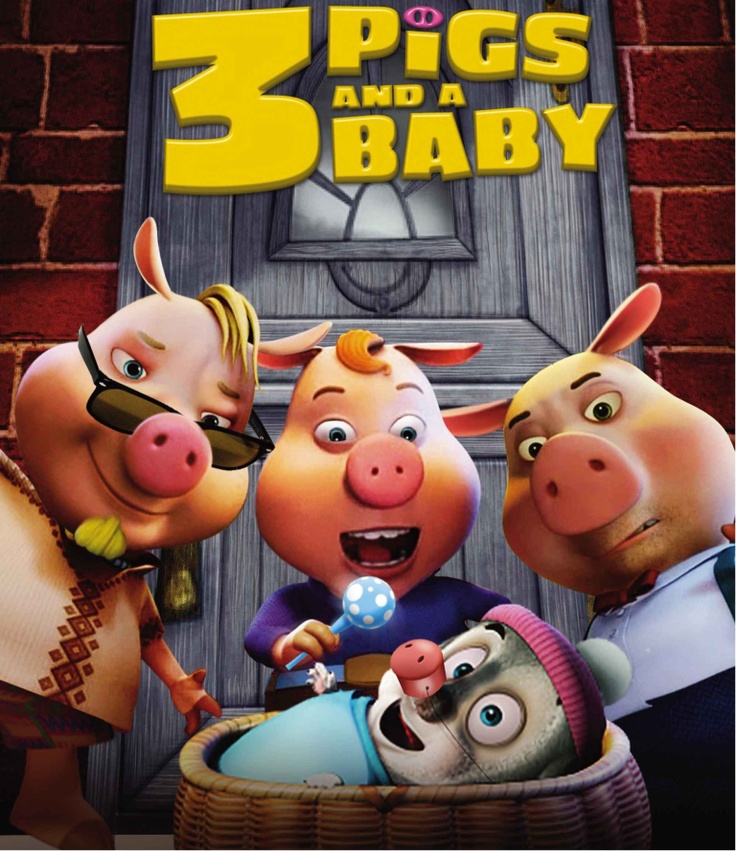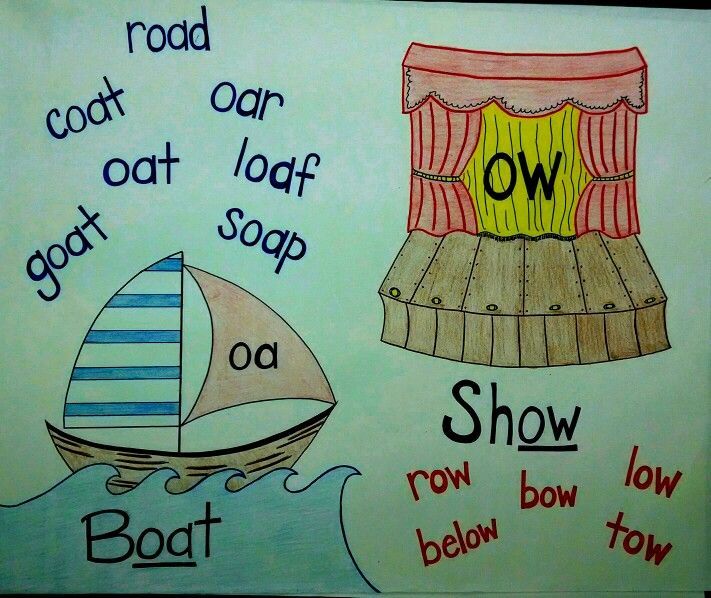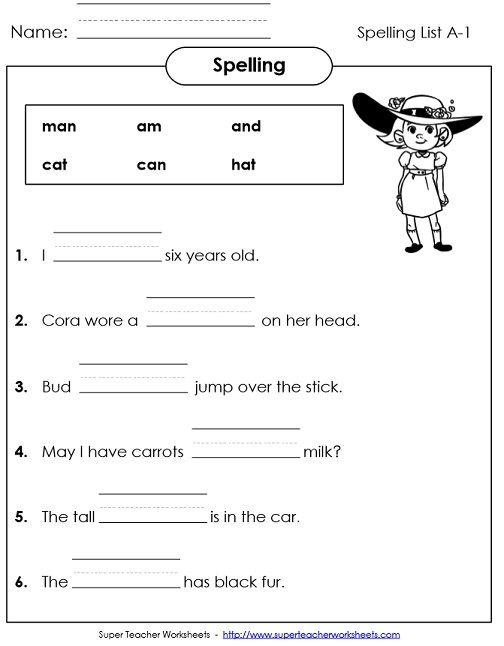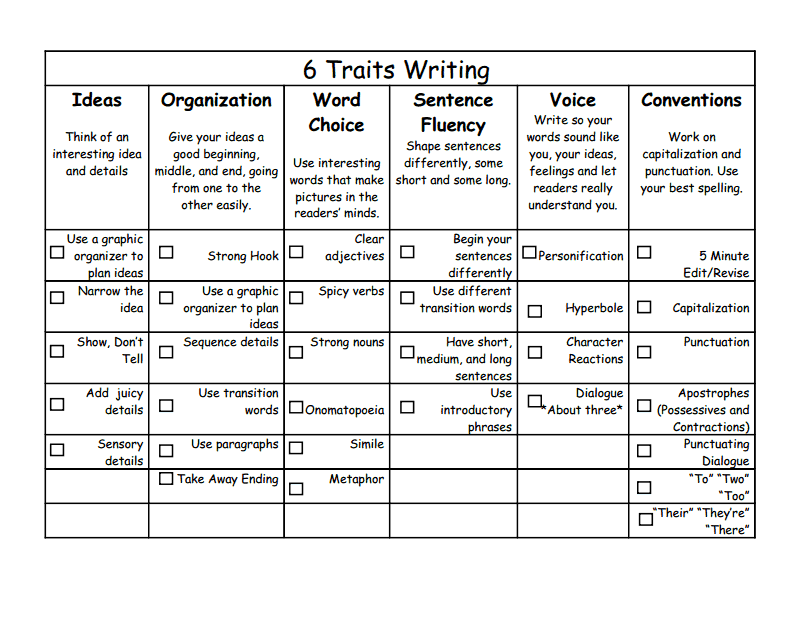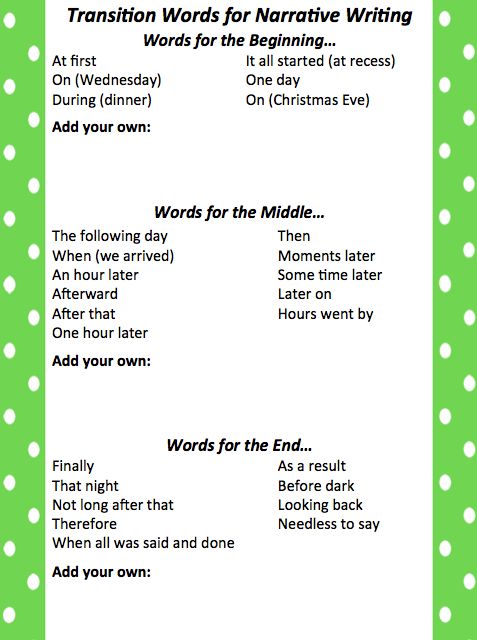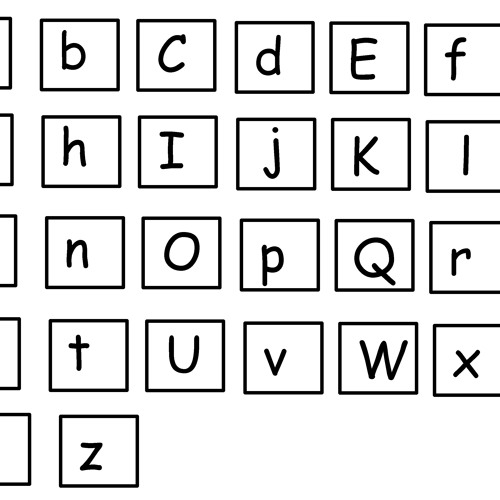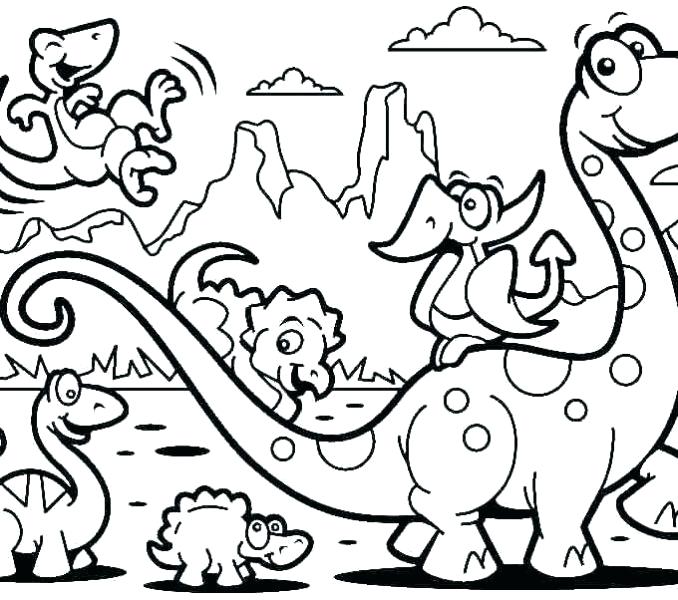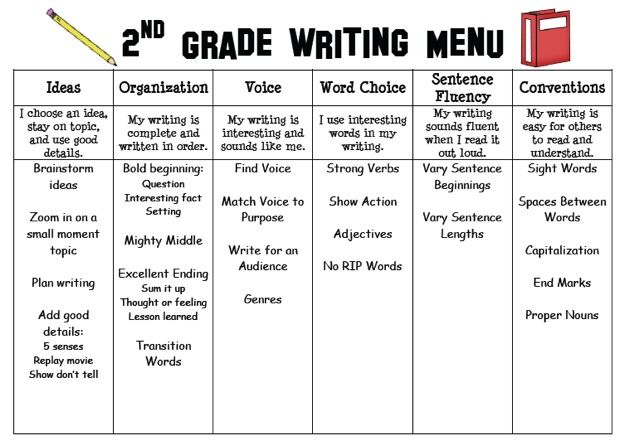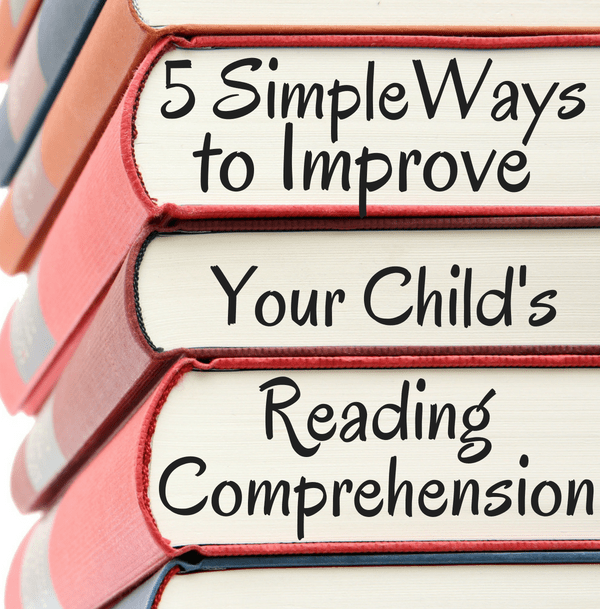Little kid reading
9 Fun and Easy Tips
With the abundance of information out there, it can seem like there is no clear answer about how to teach a child to read. As a busy parent, you may not have time to wade through all of the conflicting opinions.
That’s why we’re here to help! There are some key elements when it comes to teaching kids to read, so we’ve rounded up nine effective tips to help you boost your child’s reading skills and confidence.
These tips are simple, fit into your lifestyle, and help build foundational reading skills while having fun!
Tips For How To Teach A Child To Read
1) Focus On Letter Sounds Over Letter Names
We used to learn that “b” stands for “ball.” But when you say the word ball, it sounds different than saying the letter B on its own. That can be a strange concept for a young child to wrap their head around!
Instead of focusing on letter names, we recommend teaching them the sounds associated with each letter of the alphabet. For example, you could explain that B makes the /b/ sound (pronounced just like it sounds when you say the word ball aloud).
Once they firmly establish a link between a handful of letters and their sounds, children can begin to sound out short words. Knowing the sounds for B, T, and A allows a child to sound out both bat and tab.
As the number of links between letters and sounds grows, so will the number of words your child can sound out!
Now, does this mean that if your child already began learning by matching formal alphabet letter names with words, they won’t learn to match sounds and letters or learn how to read? Of course not!
We simply recommend this process as a learning method that can help some kids with the jump from letter sounds to words.
2) Begin With Uppercase Letters
Practicing how to make letters is way easier when they all look unique! This is why we teach uppercase letters to children who aren’t in formal schooling yet.
Even though lowercase letters are the most common format for letters (if you open a book at any page, the majority of the letters will be lowercase), uppercase letters are easier to distinguish from one another and, therefore, easier to identify.
Think about it –– “b” and “d” look an awful lot alike! But “B” and “D” are much easier to distinguish. Starting with uppercase letters, then, will help your child to grasp the basics of letter identification and, subsequently, reading.
To help your child learn uppercase letters, we find that engaging their sense of physical touch can be especially useful. If you want to try this, you might consider buying textured paper, like sandpaper, and cutting out the shapes of uppercase letters.
Ask your child to put their hands behind their back, and then place the letter in their hands. They can use their sense of touch to guess what letter they’re holding! You can play the same game with magnetic letters.
3) Incorporate Phonics
Research has demonstrated that kids with a strong background in phonics (the relationship between sounds and symbols) tend to become stronger readers in the long-run.
A phonetic approach to reading shows a child how to go letter by letter — sound by sound — blending the sounds as you go in order to read words that the child (or adult) has not yet memorized.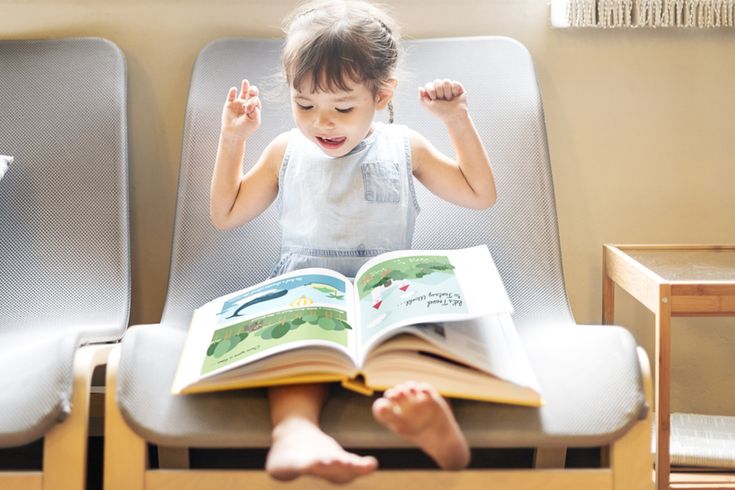
Once kids develop a level of automatization, they can sound out words almost instantly and only need to employ decoding with longer words. Phonics is best taught explicitly, sequentially, and systematically — which is the method HOMER uses.
If you’re looking for support helping your child learn phonics, our HOMER Learn & Grow app might be exactly what you need! With a proven reading pathway for your child, HOMER makes learning fun!
4) Balance Phonics And Sight Words
Sight words are also an important part of teaching your child how to read. These are common words that are usually not spelled the way they sound and can’t be decoded (sounded out).
Because we don’t want to undo the work your child has done to learn phonics, sight words should be memorized. But keep in mind that learning sight words can be challenging for many young children.
So, if you want to give your child a good start on their reading journey, it’s best to spend the majority of your time developing and reinforcing the information and skills needed to sound out words.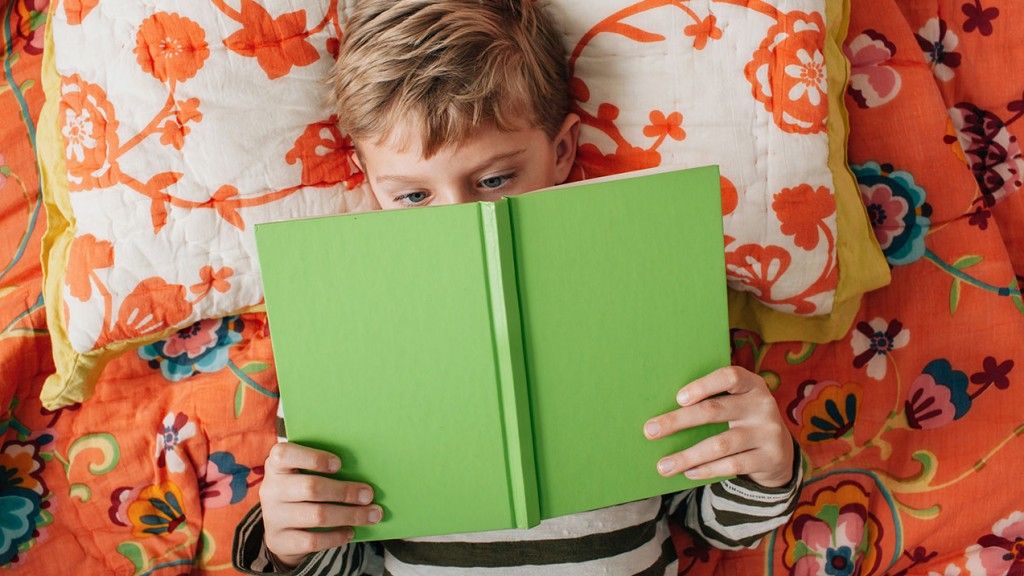
5) Talk A Lot
Even though talking is usually thought of as a speech-only skill, that’s not true. Your child is like a sponge. They’re absorbing everything, all the time, including the words you say (and the ones you wish they hadn’t heard)!
Talking with your child frequently and engaging their listening and storytelling skills can increase their vocabulary.
It can also help them form sentences, become familiar with new words and how they are used, as well as learn how to use context clues when someone is speaking about something they may not know a lot about.
All of these skills are extremely helpful for your child on their reading journey, and talking gives you both an opportunity to share and create moments you’ll treasure forever!
6) Keep It Light
Reading is about having fun and exploring the world (real and imaginary) through text, pictures, and illustrations. When it comes to reading, it’s better for your child to be relaxed and focused on what they’re learning than squeezing in a stressful session after a long day.
We’re about halfway through the list and want to give a gentle reminder that your child shouldn’t feel any pressure when it comes to reading — and neither should you!
Although consistency is always helpful, we recommend focusing on quality over quantity. Fifteen minutes might sound like a short amount of time, but studies have shown that 15 minutes a day of HOMER’s reading pathway can increase early reading scores by 74%!
It may also take some time to find out exactly what will keep your child interested and engaged in learning. That’s OK! If it’s not fun, lighthearted, and enjoyable for you and your child, then shake it off and try something new.
7) Practice Shared Reading
While you read with your child, consider asking them to repeat words or sentences back to you every now and then while you follow along with your finger.
There’s no need to stop your reading time completely if your child struggles with a particular word. An encouraging reminder of what the word means or how it’s pronounced is plenty!
Another option is to split reading aloud time with your child. For emerging readers, you can read one line and then ask them to read the next. For older children, reading one page and letting them read the next page is beneficial.
For emerging readers, you can read one line and then ask them to read the next. For older children, reading one page and letting them read the next page is beneficial.
Doing this helps your child feel capable and confident, which is important for encouraging them to read well and consistently!
This technique also gets your child more acquainted with the natural flow of reading. While they look at the pictures and listen happily to the story, they’ll begin to focus on the words they are reading and engage more with the book in front of them.
Rereading books can also be helpful. It allows children to develop a deeper understanding of the words in a text, make familiar words into “known” words that are then incorporated into their vocabulary, and form a connection with the story.
We wholeheartedly recommend rereading!
8) Play Word Games
Getting your child involved in reading doesn’t have to be about just books. Word games can be a great way to engage your child’s skills without reading a whole story at once.
One of our favorite reading games only requires a stack of Post-It notes and a bunched-up sock. For this activity, write sight words or words your child can sound out onto separate Post-It notes. Then stick the notes to the wall.
Your child can then stand in front of the Post-Its with the bunched-up sock in their hands. You say one of the words and your child throws the sock-ball at the Post-It note that matches!
9) Read With Unconventional Materials
In the same way that word games can help your child learn how to read, so can encouraging your child to read without actually using books!
If you’re interested in doing this, consider using PlayDoh, clay, paint, or indoor-safe sand to form and shape letters or words.
Another option is to fill a large pot with magnetic letters. For emerging learners, suggest that they pull a letter from the pot and try to name the sound it makes. For slightly older learners, see if they can name a word that begins with the same sound, or grab a collection of letters that come together to form a word.
As your child becomes more proficient, you can scale these activities to make them a little more advanced. And remember to have fun with it!
Reading Comes With Time And Practice
Overall, we want to leave you with this: there is no single answer to how to teach a child to read. What works for your neighbor’s child may not work for yours –– and that’s perfectly OK!
Patience, practicing a little every day, and emphasizing activities that let your child enjoy reading are the things we encourage most. Reading is about fun, exploration, and learning!
And if you ever need a bit of support, we’re here for you! At HOMER, we’re your learning partner. Start your child’s reading journey with confidence with our personalized program plus expert tips and learning resources.
Author
How to Motivate Your Child to Read
by Marie Rippel
Quick poll: Which category is your child in?
- LOVES to read!
- Could take it or leave it.

- Really dislikes reading.
Our goal—and I’m guessing it’s your goal too—is to get your child into the first category.
But what can you do if your child just isn’t motivated to read?
There is actually quite a bit you can do to encourage a love of reading, but first, let’s do some detective work.
Why Doesn’t Your Child Like to Read?
Before you work on motivating your child, it helps if you understand why he resists reading in the first place. Which scenario depicts your resistant reader?
“Reading is hard!”
You probably wouldn’t choose hard work as a leisure activity, and that’s true for your child, too. If reading is a struggle, he probably won’t find reading interesting or enjoyable.
If your child is a struggling reader, take a look at why this might be. Does he have issues with fluency, or have gaps in his phonogram knowledge? Maybe he’s struggling because he’s guessing at words or hasn’t developed strong vocabulary skills.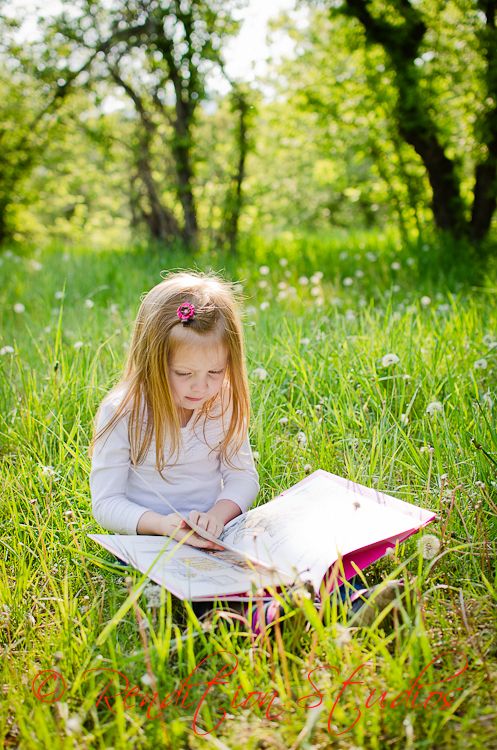 It’s even possible he has dyslexia or another learning challenge. But whatever the cause, if your child feels that reading is too much work, begin by identifying and addressing his areas of weakness. As he becomes a better reader, he will enjoy reading much more.
It’s even possible he has dyslexia or another learning challenge. But whatever the cause, if your child feels that reading is too much work, begin by identifying and addressing his areas of weakness. As he becomes a better reader, he will enjoy reading much more.
“Reading is boring!”
For some kids, reading isn’t hard, but it isn’t interesting either. But it may be that they just haven’t found reading material that motivates them.
Think about what your child loves to do. Does he have a hobby or special area of interest? Does your son like dinosaurs? Does your daughter like gymnastics? By finding reading material that piques their interest and draws them into reading, you’re giving your children a motivational boost.
10 Tips to Motivate Your Child to Read
- Make time for reading. If your child has a jam-packed schedule and reading is shoved between gymnastics and band practice, reading may seem like an unwelcome chore. Allow reading to be a relaxing and enjoyable time, free from pressure.
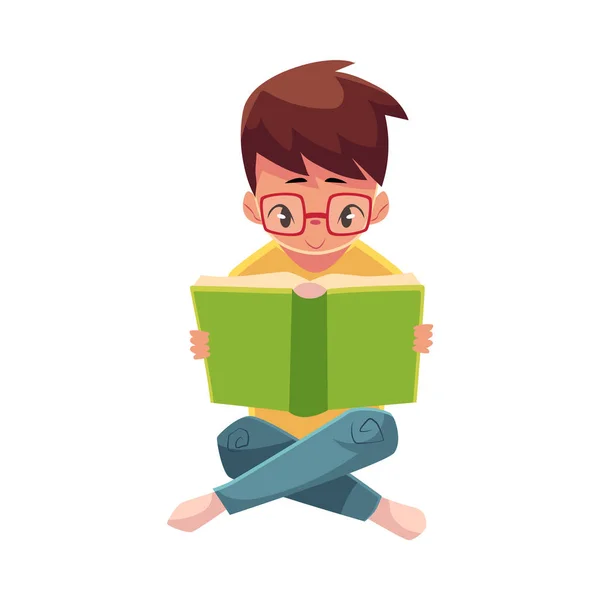
- Set aside a regular read-aloud time with your children. Choose a variety of high-quality literature that appeals to your child’s age and interests. Audio books are another great option for a reluctant reader. And don’t abandon read-aloud time when your children get older—no one is too old for a great read-aloud.
- Make sure the reading material isn’t beyond your child’s reading abilities. The interest may be there, but if the book is hard to read, your child’s motivation will wane.
- Create a cozy reading nook. A special reading space may be all the encouragement your child needs to settle down and spend time with a good book!
- Look for a variety of reading material. Kids often gravitate toward the fiction shelves in the library, but don’t stop there. There are many other genres to consider: joke books, cookbooks, how-to books, graphic novels, and biographies are all great non-fiction possibilities. And children’s magazines can be a great out-of-the-box way to encourage a child to read.

- Try buddy reading with your struggling reader. Buddy reading can help improve a child’s fluency and make him feel more comfortable with reading on his own.
- Have your reluctant reader read easy picture books to younger siblings. This provides excellent practice, yet it doesn’t feel like work.
- Let humor work its magic! Select a funny book at your child’s reading level and read the first chapter aloud. Then stop reading. If your child wants to find out what happens next, he’ll have to read it himself!
- Exhibit a love of reading. When your kids observe that you love to read, they’re more likely to develop a love of reading themselves.
- Provide access to books. Use your public library. Create a home library. Keep books accessible. When your child decides he wants to read, you want to be sure there’s a book at his fingertips. Our picture book and chapter book library lists are a great place to start!
Have you discovered a great way to motivate your child to read? Please share in the comments below and we’ll add your idea to our readers’ tips box.
Motivational Tips Recommended by Our Readers
- For every 10 books your child reads, allow her to choose a prize from a bin of dollar store goodies. (Recommended by D. Jacobs via Instagram)
- Pick books that feature topics and themes your child is already interested in. (Recommended by Lara via Instagram)
- Let your child choose what he or she wants to read! (Recommended by Sarahi D. via Facebook)
- I make sure that books with higher reading levels have lots of illustrations and diagrams. (Recommended by Nancy B. via Facebook)
- Comic books! (Recommended by Alaina K. via Facebook)
- Keeping a reading log of completed books can be a great motivator! (Recommended by Robin W., AALP Customer Service)
- Graphic novels got my oldest son interested in reading! (Recommended by Corrie via Facebook)
- Read aloud together with finger puppets! (Recommended by Marci via blog comment)
- Choose silly chapter books like How to Eat Fried Worms that tickle your child’s funny bone.
 (Recommended by Rachael via blog comment)
(Recommended by Rachael via blog comment) - Have an older child read easy picture books to a younger sibling. (Recommended by Ann Marie via blog comment.)
- Create fun and engaging activities that tie in to the themes of a book your child is reading. (Recommended by Allyson via blog comment)
- Challenge your child to make up fun voices as he reads. (I do it too!) (Recommended by Anita via blog comment)
- Use one-page stories to get them past the fear of the story being too long. You can even write your own! (Recommended by Anita via blog comment)
- The “book it” program by Pizza Hut is a great motivator. (Recommended by Nichol via blog comment)
Photo credit: Rachel Neumann and Joleen Steel
The child reads the word, the adult reads the rest
- What does a small cat need?
- Good night everybody
- Kipper's little friends
- Muddler
- The bear is not afraid of anything
Natalya Shaloshvili
What a Little Cat Needs
Illustrations by the author
Polyandria Publishing House, 2022
What Does a Little Cat Need? The simplest things are a roof and walls to shelter from the weather, a sunbeam to play with, and a door through which someone very loved will appear - big or small.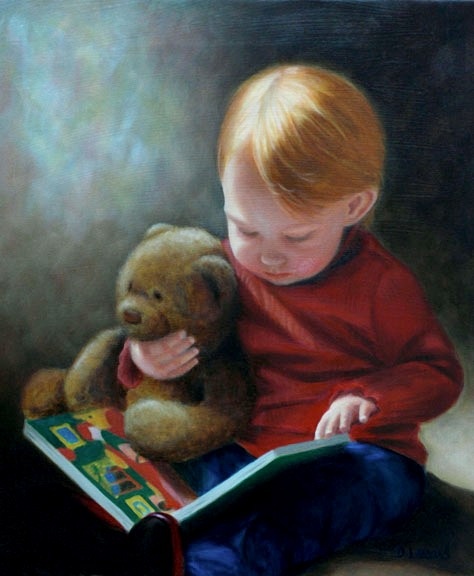 And, of course, mustaches, teeth, tail and paws. There is no intricate plot in the book - only a listing of these “things” that a cat needs, and very gentle illustrations for the whole spread, where you can see what is told in the text and consider a variety of expressions of the cat's muzzle. Each drawing is accompanied by several lines of text, in which the most important thing - what the cat "needs" - is highlighted in large print. When viewing the book for the first time, you can not even look at the text and invite the child not to read this word, but to guess from the picture what kind of “essential item” is meant.
And, of course, mustaches, teeth, tail and paws. There is no intricate plot in the book - only a listing of these “things” that a cat needs, and very gentle illustrations for the whole spread, where you can see what is told in the text and consider a variety of expressions of the cat's muzzle. Each drawing is accompanied by several lines of text, in which the most important thing - what the cat "needs" - is highlighted in large print. When viewing the book for the first time, you can not even look at the text and invite the child not to read this word, but to guess from the picture what kind of “essential item” is meant.
Chris Houton
“All Good Night” and other books by Chris Houton
Illustrations of the author
Translated from English Remes
Polyandria, 2017
Books of Chris Krisa Khouton Narisova so that it is immediately clear: the main thing here is the movements and emotions of the characters. Due to the fact that the illustrations are made using the application technique and the elements of the drawing are very simplified, even the smallest reader can “read” such a picture.
Due to the fact that the illustrations are made using the application technique and the elements of the drawing are very simplified, even the smallest reader can “read” such a picture.
There is little text in the books, and it is extremely concise. In the book “Good night everyone” there are a lot of onomatopoeias that are conveyed with the help of one repeating letter: “The mice are already sleeping, their noses are sniffing: “s-s-s-s-s-s””. There are also repeated words, for example, "sleep." In Oh No, George! the name of the dog is constantly mentioned, and the texts in the books “Quiet! We have a plan" and "A little lost" are all made up of such repetitive words. At first, you can limit yourself to this: the child reads the lines of onomatopoeia and some one repeating word, and the adult reads everything else.
You can learn more about books in the article “Reading a book with a child”.
MIM Inkpen
"Little Friends of Kipper" and other stories about the puppy of the Kipper
Illustrations of the author
Polyandry, 2018
Polyandry, 2018 Stories about the Kipper puppy are a great example of books in which the plot harmoniously coexists with the cognitive component. They will help your baby remember the names of the months and signs of the seasons (“Kipper's Calendar”), the names of baby animals (“Kipper's Little Friends”) or find out some properties of snow (“Kipper's Snowiest Day”). But all these are just circumstances against which something happens to the puppy. He plays with one of his friends or watches something, sometimes harmlessly naughty and even thinks. For example, about the names of animal cubs (“Who was I when I was little? A little dog? Or a dog?”). And the young reader can think along with Kipper and even laugh at his mistakes.
They will help your baby remember the names of the months and signs of the seasons (“Kipper's Calendar”), the names of baby animals (“Kipper's Little Friends”) or find out some properties of snow (“Kipper's Snowiest Day”). But all these are just circumstances against which something happens to the puppy. He plays with one of his friends or watches something, sometimes harmlessly naughty and even thinks. For example, about the names of animal cubs (“Who was I when I was little? A little dog? Or a dog?”). And the young reader can think along with Kipper and even laugh at his mistakes.
All text is printed on a white background, and key and interesting words (for example, names of months or animals, onomatopoeia) are large, so a child who has recently passed the lettering period will be able to read them independently.
Read more about books in the article "How to combine useful with ... beautiful". Rory Tiger0016 Melik-Pashaev Publishing House, 2014
The book describes the situation of “unexpected good behavior”: the little bear Tyapa put his favorite toy somewhere.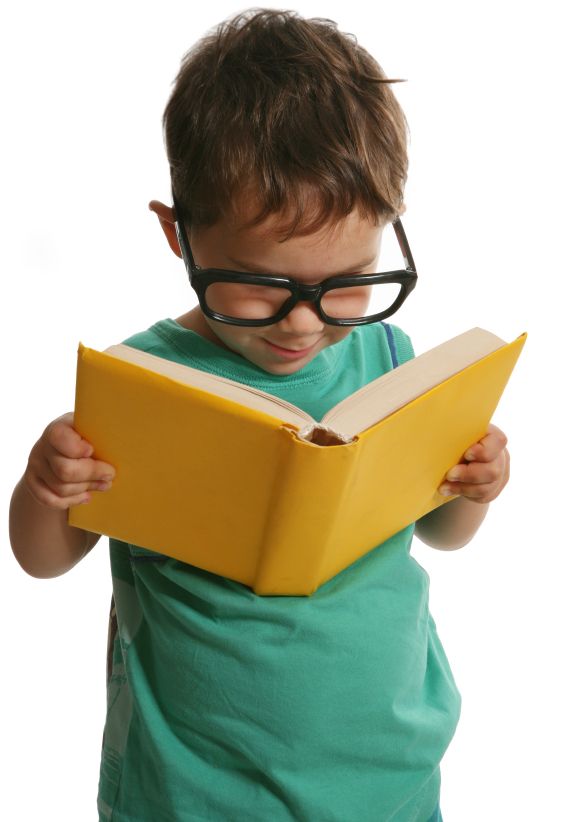 To find it, he first has to dump heaps of things on the floor, sort them out, throw out the garbage, clean the room.
To find it, he first has to dump heaps of things on the floor, sort them out, throw out the garbage, clean the room.
The text includes onomatopoeic words (“Whack!”, “Slap!”) Written much larger than the rest of the text. Such words are good because they cannot be mistaken. Even if you read them not exactly as written, the result will still be a certain “sound”. As the next level of difficulty, you can invite the child to read two large phrases: “Hurrah! Found” and “And they ran!”.
Read more about the book in the article “The kid will read the word, and the adult will read the rest. Continuation of the theme.
The book "Brave Tyapa" was also published in the series.
Elizabeth Dale
“The bear is not afraid of anything”
artist Paula Metalf
Translation from English Glafira Ivanova
Labyrinth Publishing House, 2018
This book is a kind Oxenbury and Michael Rosen, only in it a family of bears goes in search of a monster that woke up and frightened the youngest bear cub. The older bears are trying to convince the kid that there is nothing terrible in the forest: the “monster” is either a deer, or a frog, or a crow. True, gradually there are fewer and fewer bears in the "expedition". Mommy and older cubs are lagging behind for completely innocent reasons that the reader knows about, but the younger bear cub and daddy bear do not suspect. For them, the appearance of other family members from the thicket becomes a complete surprise. But everything ends well: the bears are at home in their warm beds, and all frightening sounds have a simple and funny explanation. The plot is exciting - it's almost an adventure story for the youngest readers, in which there is a lot of humor that children can understand.
The older bears are trying to convince the kid that there is nothing terrible in the forest: the “monster” is either a deer, or a frog, or a crow. True, gradually there are fewer and fewer bears in the "expedition". Mommy and older cubs are lagging behind for completely innocent reasons that the reader knows about, but the younger bear cub and daddy bear do not suspect. For them, the appearance of other family members from the thicket becomes a complete surprise. But everything ends well: the bears are at home in their warm beds, and all frightening sounds have a simple and funny explanation. The plot is exciting - it's almost an adventure story for the youngest readers, in which there is a lot of humor that children can understand.
Large format book with little text, supported by illustrations and partly rhyming, and almost every page has large bold words that a child can read.
Everything important on Papmambuka
about books, their creators and reading children.
How to teach a child to read. 5 Parenting Mistakes
Before I share with you the secrets of how to instill in your child a love of reading, let me ask: “How often does your child see you with a book? No, not with the collection of fairy tales you read to him before bed. What about the book you read for your own pleasure? Never or very rarely? Right?
That's it. Otherwise, you wouldn't be reading this article. Since children whose families are used to reading do not need to instill love for this, they have it from the cradle.
But today's reality is different. And families where such traditions are supported are less and less common. There is nothing you can do about it, so you have to look for other ways, which you will learn about from this article.
The role of reading in child development
When is the best time to start reading to a child? Does it make sense to read a baby if he does not understand anything? Surely you asked yourself such questions when your child was very young.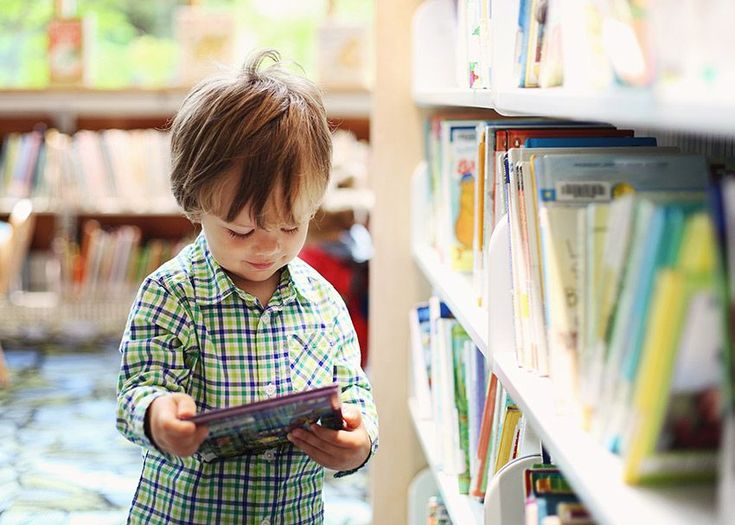
Psychologists and developmental experts recommend reading while your baby is still in the womb. Studies have shown that children who are read to by their mothers before birth develop faster, speak earlier, have higher IQs, and grow up to be more outgoing and self-confident.
Therefore, after birth, God himself ordered to start reading, as they say. Of course, the baby still does not understand what he has heard, but on the other hand, he gets acquainted with the words, learns to listen and concentrate.
When the baby slowly begins to understand the meaning of words, reading helps him get acquainted with the world of emotions and feelings. Thanks to the plots of fairy tales, imagination is turned on, and a small person, together with the characters, experiences suffering and joy for the first time, learns to understand the meaning of relationships and actions, to evaluate thoughts and characters. Simply put, through books, the education of the individual begins.
Then the child grows up and it's time to learn to read independently. And this skill carries more value than just getting information.
5 reasons why a child needs to instill a love of reading from an early age
- Reading helps improve oral and written literacy.
- Books help to increase vocabulary, develop creative thinking and memory.
- Reading, better than any other means of conveying information, helps the child to develop emotionally.
- Literature is a powerful basis for the development of the intellect. Since the child presents all the pictures and images himself, unlike the process of watching cartoons.
- Reading affects academic performance. Children who read slowly and poorly quickly lose interest in the learning process, resulting in reduced academic performance in all subjects.
Therefore, of course, the sooner you start instilling in your child a love of reading, the better.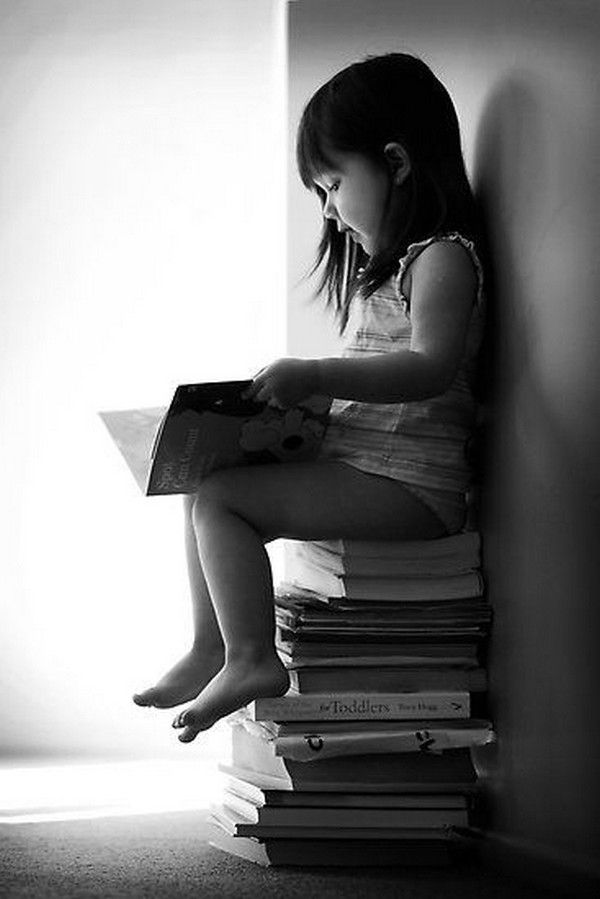 Just do it right and do not make mistakes, otherwise you risk getting the opposite effect.
Just do it right and do not make mistakes, otherwise you risk getting the opposite effect.
The 5 most common mistakes parents make when trying to teach their child to read
So, let's see how learning to read begins. And it begins with a technical process - the study of letters, sounds and syllables.
And here almost all parents make a gross mistake.
Mistake No. 1 - separate letter and sound!
Remember how you got acquainted with letters, where for some reason the vowel "E" or "A" was added to all consonants. For example: "BE" instead of "B", "GE" instead of "G", "SCHA" instead of "Sch", or "EM" instead of "M". Do you remember this? You can't do that! Memorizing this pronunciation option, and then, putting the syllables into words, the child immediately begins to read incorrectly: “SHAUKA” instead of “PIKE”, “EMAEMA” instead of “MOM”.
Therefore, when learning the alphabet with your child, call the letter and sound the same.
Mistake No. 2 - drive the horses!
Namely, trying to teach a child to read when he is not yet ready for it.
A common misconception among parents is that it's time to be 4 years old! It's time to take the child to all sorts of developmental activities, it's time to develop perseverance in him, it's time to teach him to read. Well, school is coming soon.
But it's not time. Until the age of 5, motor activity predominates in children, and nothing can be done about it. Surely you noticed behind your child that no matter how you tried to seat him to draw or sculpt, he was enough for 5 minutes at most. Even a 15-minute lunch turned into torture for him.
Therefore, the optimal age to start teaching children to read is 5-6 years old.
Error #3 - coercion!
This is a gross mistake not only in the learning process, but also in education in general.
Think about how you feel when you are forced to do something you don't want to. At the same time, they not only force them, but threaten, press, raise their voices. What are you doing? Protest and even more do not want to do it. So it is with children. The more pressure and force on them, the more they hate this occupation.
Therefore, do not force your child to learn to read if he does not want to. Better go to the trick and translate the process into a game. You will see, you no longer have to be nervous yourself and injure the child.
Mistake #4 - better longer and longer!
Today you work with your child for 5 minutes, tomorrow 25, and the day after tomorrow for an hour. Yes, gradually increasing the load is the right approach in teaching, but not in the case of 5-6-year-old children.
The fact is that preschoolers get tired quickly and have a short-term memory. If you give your child information beyond the norm, he will not remember anything.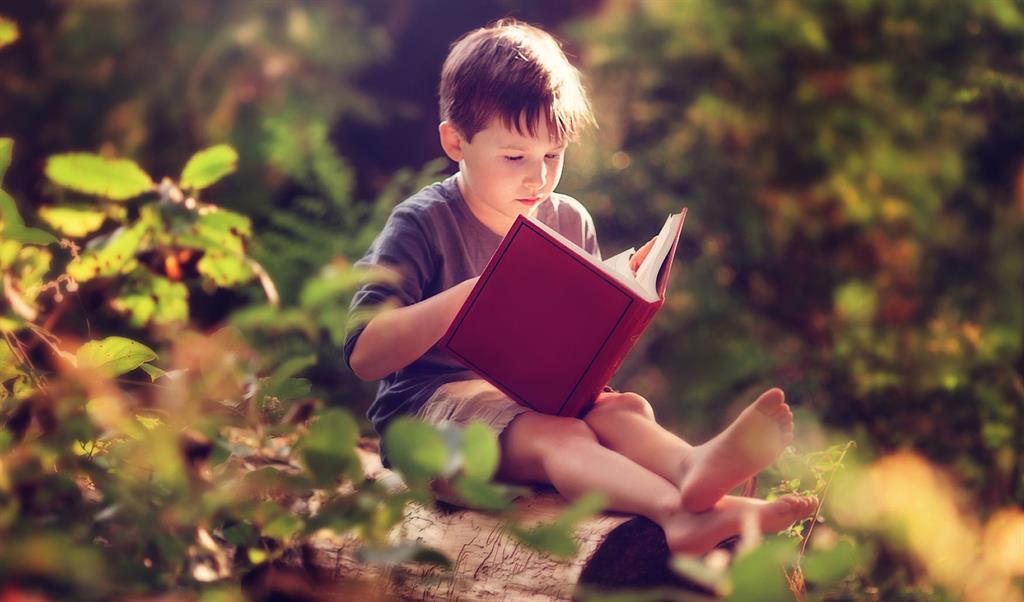
It is better to study regularly for 10-15 minutes a day, and repeat the material covered the day before. And then gradually, brick by brick, the child will form a base on which further education will be built.
Error #5 - Wrong teaching method!
Let's take a simple example - pictures with letters. Surely you imagine them well: a house is drawn, and under it the letter "D", a squirrel - "B", a cake - "T".
At first glance, everything is in order. Pictures help the child remember letters faster. But, in addition to this, in the process of studying in the child's brain, letters are attached to images, which later causes difficulties in reading.
For example, it will be difficult for a child to understand why the word "TABLE" is obtained by making several cards on which "OWL", "CAKE", "GLASSES" and "FOX" are drawn.
So it's better to use separate pictures with letters and objects. They learned the letter "A", and then showed a stork, a watermelon, an alphabet, etc.
They learned the letter "A", and then showed a stork, a watermelon, an alphabet, etc.
How to instill in a child a love of reading and teach him to read on his own?
So, let's move on to the practical part. But here we repeat - start reading to your child as early as possible. Read before daytime and nighttime sleep, during the game, show pictures more often and say what is written under them.
For toddlers, it is good to choose books with dense pages, bright pictures and cheerful quatrains. So your child will learn to interact with the book from an early age.
If your child is 3-4 years old, take him to the bookstore and let him choose what he likes. Show different stories and ask which ones he would like to hear. Thus, you will teach your child to make choices and make decisions on their own. And at the same time get an attentive and grateful listener.
It happens that every day a child asks to read the same fairy tale. Do not contradict him and do not insist on another book. He just likes this one, where there is a familiar plot, favorite characters and a predictable ending. Thanks to this, he calms down, enjoys and feels psychological comfort. Over time, this love passes, and the child begins to be interested in other books.
Do not contradict him and do not insist on another book. He just likes this one, where there is a familiar plot, favorite characters and a predictable ending. Thanks to this, he calms down, enjoys and feels psychological comfort. Over time, this love passes, and the child begins to be interested in other books.
But it happens that time is lost and the child is already 5-6 years old, but he is not interested in books and does not want to learn to read. Then game methods of training come to the rescue. They help teach your child to read and prepare him for school at home.
Method of child psychologist Iskra Daunis
Essence!
A child wakes up and finds a letter under his pillow from his favorite fairy tale character. For example, the cat Matroskin, who says in large letters that he wants to be friends and has prepared a gift for him, lying in a certain place.
The child becomes interested, he is very happy about the new game.
The next morning, history repeats itself. Only it already says not about where the gift is, but about the fact that Matroskin wanted to give him a ticket to the game center, but since he saw that the child was "naughty", he changed his mind.
Every day, letters from your favorite hero become more interesting and longer, so they are read with pleasure and faster.
Effect!
Reading changes from a technical process into a conscious process, the child wants to learn to read and does it with interest.
Method of the ancient peoples
Essence!
The child should know that reading is the same reward for good behavior as cartoons. If you behaved well - allow me to read or listen to an excerpt from your favorite book. And if it's bad - no entertainment and favorite fairy tales.
The method was born at a time when there was no television, and books were one of the few entertainments for adults and children.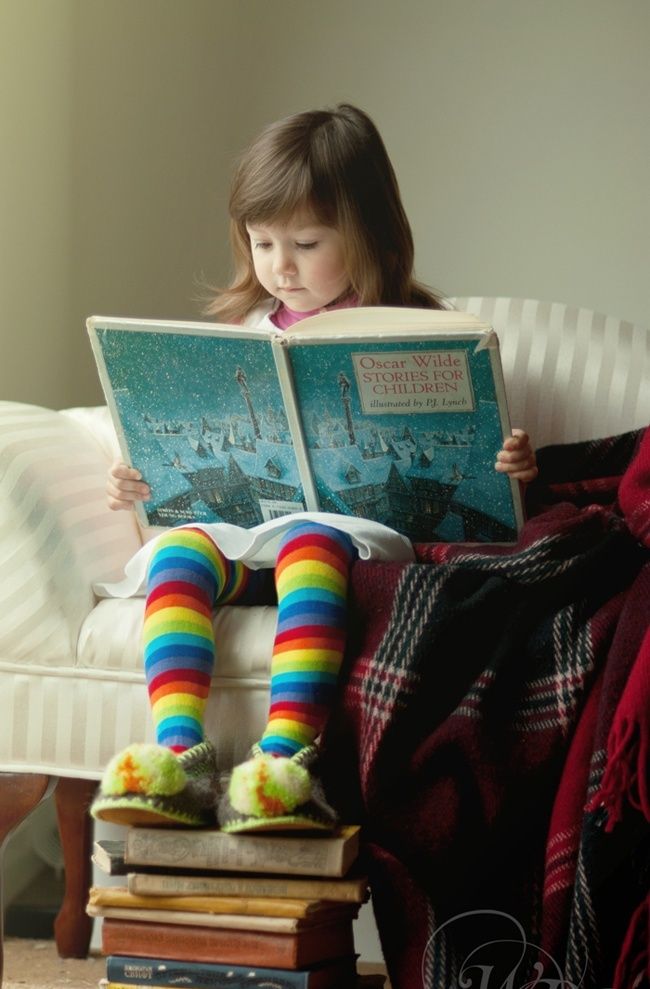
Effect!
Books become valuable for the child and are perceived as a reward. Accordingly, when he is allowed to read, this process is perceived as a "forbidden fruit", which, as you know, is very sweet.
Kassil method
Essence!
The method is used for children who already have the skill of technical reading, but do not like to read themselves.
Take an interesting fairy tale or story, preferably with a gripping plot, start reading and stop at the most interesting place. Remember how in the Brazilian series everyone was looking forward to the new series.
As a result, the child asks you to finish reading, and you come up with any reason why you cannot do it. The main thing is that the rest of the family members at this moment should also be busy and could not find time for reading.
Then the child picks up the book by himself, and at that moment you start praising him for his initiative and still start reading with him. Better on this principle - two lines of a child, two lines of you.
Better on this principle - two lines of a child, two lines of you.
Effect!
Reading turns into an exciting process for a child, moves from technical to conscious and slowly becomes a favorite pastime.
It may seem to you that not all of these methods are like a game. But if you think about it, they are all based on the game. Each method has a specific scenario that plays out between you and the child. And in such a way that the child does not suspect anything and takes the situation seriously. That is why a good result is achieved.
Advice from psychologists
Teaching your child to love reading is the direct responsibility of parents. No schools, no teachers, no tutors, but parents.
If you want your child to love reading, become inquisitive, and grow up smart and successful, show him the right example.
Pick up a book yourself more often.

